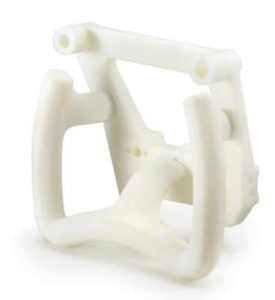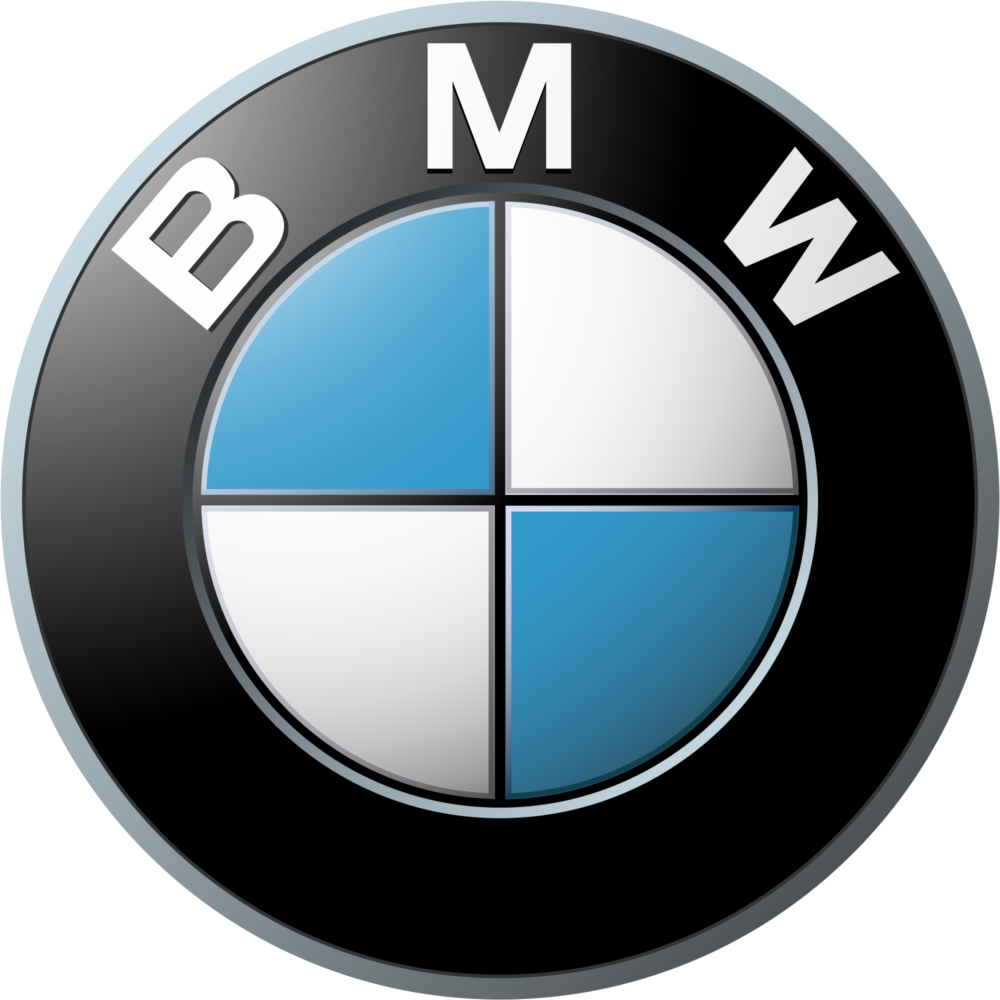Rapid and good prototyping remains an essential stake in product development. As far as vehicle design prototyping is concerned, FDM (Fused deposition modeling) plays a key role in manufacturing methods. As a reminder, it is an additive manufacturing technology as well as one technique used for 3D printing “for modeling, prototyping and production applications”.
A way to avoid some metal-cutting manufacturing methods…

BMW, the Munich-based company, extends the application of FDM to other features. One of these functions is the Stratasys 3D Production System which has been integrated to build hand-tools for automobile assembly and testing.
For Gunter Schmid (BMW), “FDM is taking on increasing importance as an alternative manufacturing method for components made in small numbers.”
Indeed, by using FDM, BMW Engineers capitalize on the elimination of constraints. The designed assembly aids are then ergonomically made to perform better than conventional tools (such as milling, turning, and boring).
Advantages?
From a design point of view, in addition to the elimination of constraints, 3D printing gives engineers the freedom to design as they wish.
The configurations created enable to improve handling, balance and reduce weight. Schmid affirms that “the tool designs [they] create often cannot be matched by machined or molded parts.”
Another advantage is the functionality. Indeed, since the additive process easily produces sweeping and flowing organic shapes, the tool designers is able to maximize performance.
Last but not least, the cost. Cost reductions in engineering documentation, warehousing, and manufacturing are significant financial advantages.
//pagead2.googlesyndication.com/pagead/js/adsbygoogle.js
(adsbygoogle = window.adsbygoogle || []).push({});






